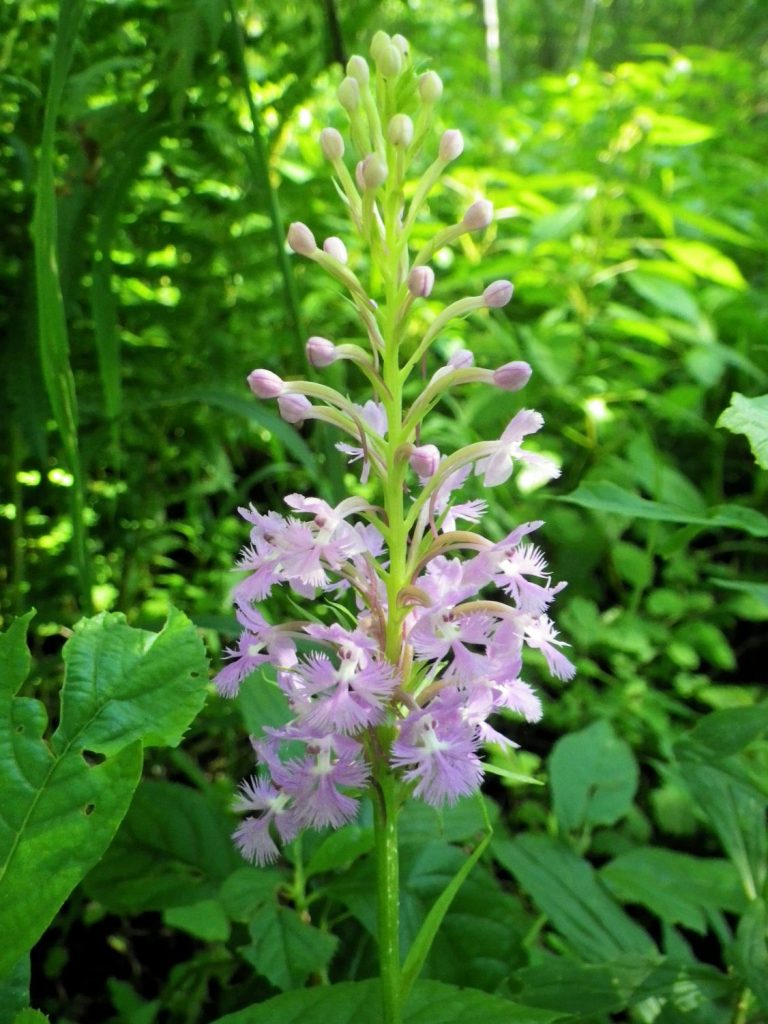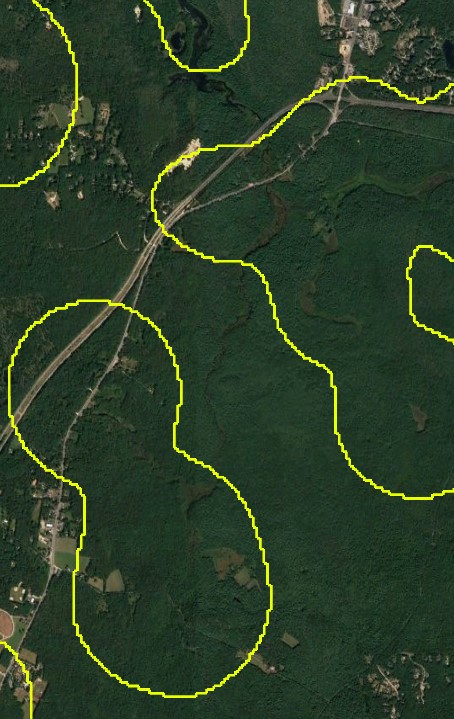
Current Rhode Island Natural Heritage List: Plants
Current Rhode Island Natural Heritage List: Animals
Current Rhode Island Natural Heritage List: Natural Communities
A “Natural Heritage Areas” GIS layer is available through RIGIS
Superseded heritage lists are available in the Resource Library (keyword “rare”).
When a species naturally part of Rhode Island’s biota is in danger of extirpation from the state, law (RIGL 20-37-2) allows the Department of Environmental Management (RIDEM) to list it as such. This is the rare and endangered species list or “natural heritage” list. Policies can then be promulgated to try to prevent further decline of listed species.
Rhode Island also lists rare natural communities—unique combinations of plants and land forms (e.g. Oak-Holly Forest, Sea Level Fen, Maritime Dune) of which our state has very few examples.
The “natural heritage program” lists rare species and natural communities, documents status and trends in their viability, and identifies and maps locales. Examples of rare natural communities and locales where rare species carry out important life-cycle activities (breeding, hibernating, feeding, etc), are called “natural heritage areas”.
The Natural History Survey maintains a database of known occurrences of natural heritage listed species and natural communities, and data products are available for commercial, research, educational, and conservation purposes within certain limits related to privacy and security.

The Natural History Survey responds to data requests for non-profit conservation, educational, and research purposes, while RIDEM handles data requests for regulatory, permitting, and commercial purposes. Contact the Survey office for more information.
The Survey encourages the submission of heritage species observations to improve the value of the heritage database for all purposes.
Observation Report: Plant (to print and fill in by hand)
Observation Report: Plant (fillable PDF)
Observation Report: Animal
Documentation and mapping of rare species and natural communities is essential for effective planning, implementation, and monitoring of conservation actions. After five decades of activity, the natural heritage methodology is well understood and broadly supported by the public, and is, therefore, particularly effective and valuable.
RIDEM approves species listings and oversees the application of natural heritage priorities in the implementation of a range of state activities and regulations. Statute [§42-17.1-2(33)] describes the Survey’s role in documenting biodiversity as an “important public purpose” and authorizes RIDEM to consult with the Survey on related matters; however, the Survey has no control over the Natural Heritage Program or how RIDEM uses information it receives, and the Natural History Survey has no regulatory power.
Rhode Island Ecological Community Classification includes descriptions of the ecological or natural community forms Rhode Island typically tracks and maps.